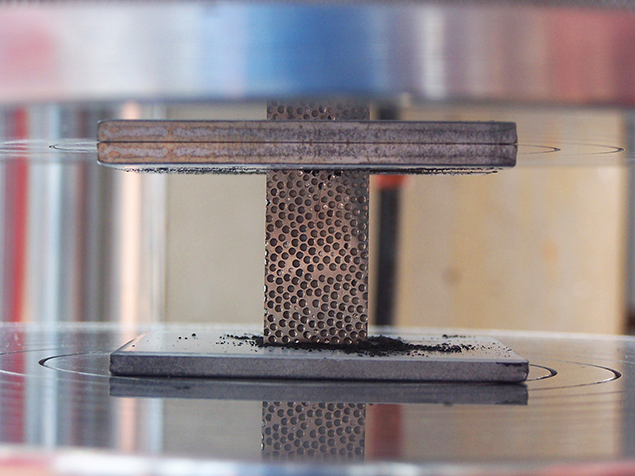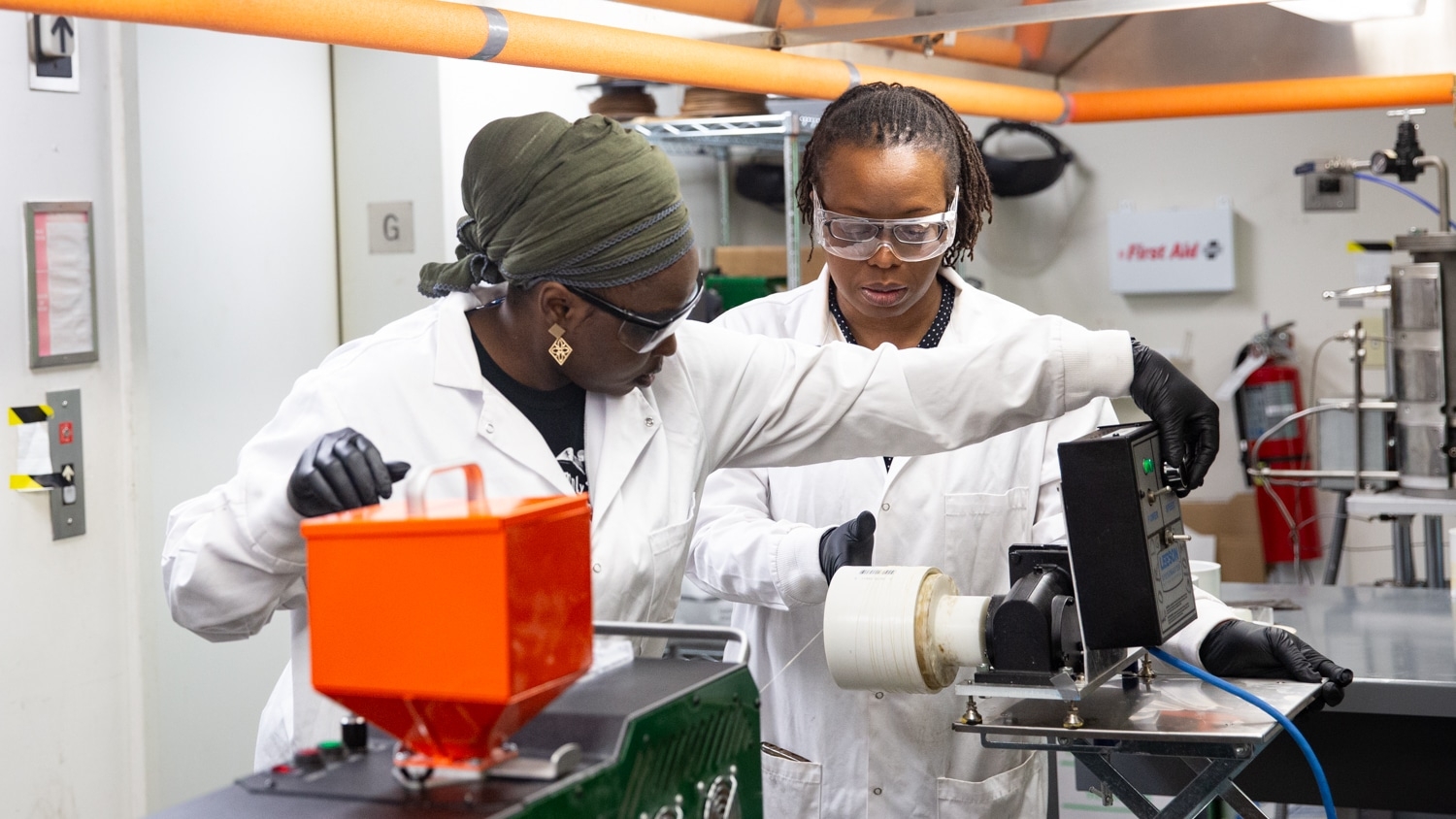Researchers show that metal foam can block radiation

Dr. Afsaneh Rabiei, a professor of mechanical and aerospace engineering, and her colleagues are working on research that shows lightweight composite metal foams are effective at blocking X-rays, gamma rays and neutron radiation, and are capable of absorbing the energy of high impact collisions.
“This work means there’s an opportunity to use composite metal foam to develop safer systems for transporting nuclear waste, more efficient designs for spacecraft and nuclear structures and new shielding for use in CT scanners,” said Rabiei.
She first developed the strong, lightweight metal foam for use in transportation and military applications, and later, she wanted to determine whether the foam could be used for nuclear or space exploration applications, where it could provide structural support and shielding against high impacts and radiation.
Rabiei and her colleagues decided to conduct multiple tests to see how effective the foam is at blocking X-rays, gamma rays and neutron radiation. The material’s performance was then compared to the performance of bulk materials that are currently used in shielding applications by the use of samples of the same areal density – meaning that each sample had the same weight but varied in volume.
The most effective composite metal foam against all three forms of radiation is called “high-Z steel-steel” and was made up largely of stainless steel but incorporated a small amount of tungsten. However, the structure of the high-Z foam was modified so that the composite foam that included tungsten was not denser than metal foam made entirely of stainless steel.
Through testing on various kinds of gamma radiation, researchers found that the high-Z foam was comparable to bulk materials at blocking high-energy gamma rays but was much better than bulk materials – even bulk steel – at blocking low-energy gamma rays and it outperformed other materials at blocking neutron radiation. Though when it came to blocking X-rays, it still could not beat lead.
“However, we are working to modify the composition of the metal foam to be even more effective than lead at blocking X-rays — and our early results are promising,” said Rabiei. “And our foams have the advantage of being non-toxic, which means that they are easier to manufacture and recycle. In addition, the extraordinary mechanical and thermal properties of composite metal foams, and their energy absorption capabilities, make the material a good candidate for various nuclear structural applications.”
Return to contents or download the Spring/Summer 2016 NC State Engineering magazine (PDF, 3MB).
- Categories:


